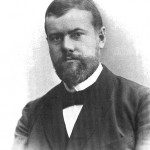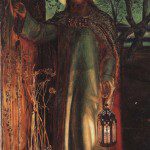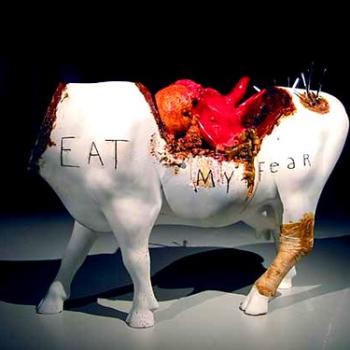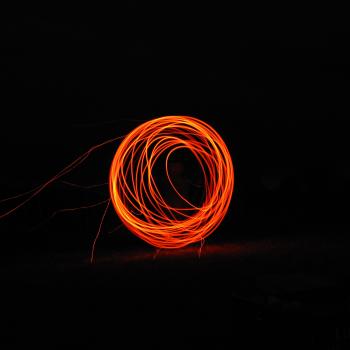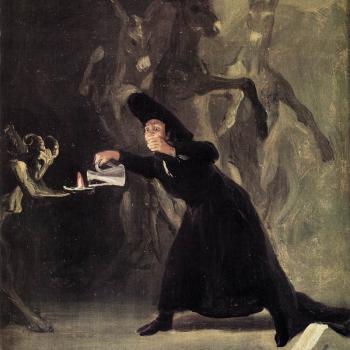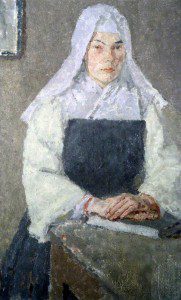
Mother Angelica’s repose has been a cause for personal reflection; she constituted a part of the Catholic American experience on which I missed out, partly willfully, partly because of ignorance. Having not been raised Catholic, EWTN was not a part of my childhood. In fact, the one friend I had who did watch the channel (and it was on all the time at his house) eventually became an atheist (I don’t mean to imply that the two were related; I merely mean that my only interaction with her work was fleeting and unproductive).
When I began to become more religious, I must admit to a certain obstinacy: I spent some time reading G.K. Chesterton, and I came to love Tolkien, but otherwise I avoided the figures most associated with the pious converts of my generation: Hilaire Belloc, Archbishop Fulton Sheen, and Pope Saint John Paul II. To a lesser extent, I would count Mother Angelica among these; her clarity of language, simplicity, and imperturbable sass made for easy admiration from the recent convert. My inner contrarian and being away at college (that is, without easy access to a TV) left me outside of her circle, busier reading other things and watching other videos.
And now she is gone. I feel a certain hole in my own heart for having missed an experience fundamental to that of the American Catholic. Her videos remain, but there’s something to the person’s being alive. It’s a bit like when I discover a new thinker, then learn he died in, say, 2004. “I was alive,” I often say to myself, “I could’ve met him!” For example, just brief reading has exposed me to her difficult past, her struggles, that is, her humanity that contributed to her being such a convincing speaker; a real and powerful woman upsetting stereotypes from beneath a traditional habit (a bit about her history may be found here and here). It feels very strange to reflect on a woman, not long dead, whose story seems to come from another age, one so powerful that its impact can be felt in our own times, both through her media work and her very presence.
Even had we had our differences of opinion, I can’t help but think her mere presence would’ve radiated a certain concern and holiness, something many seem to have experienced through the cathode tube ray and the airwaves. The point is not that she and I would’ve seen eye-to-eye, merely that we would’ve recognized our shared Catholicism in one so profoundly other.
The Catholic faith has largely been a lonely place for me, coming to the Church alone and going to church every week alone, moving around during college and now grad school. I love my brethren, but my own theological and philosophical interests don’t exactly put me at the center of an average convert’s Catholicism. Mother Angelica’s story and life remind me that we’re never quite alone, as long as we’re linked by the Paraclete in the Body of Christ. Her work connected millions, from young converts, to what my church still calls “shut-ins,” to cradle Catholics turned atheists. She is not merely striking because she used a new medium or media effectively (heck, Michael Voris does that); she remains in my mind because she represents the hope of Catholicism, the hope of a future love and justice in the Lord, a hope that, like her, I have had difficulty coming to know, but which her passing has kindled within me.
Rest in peace, Mother Mary Angelica. Eternal memory!


